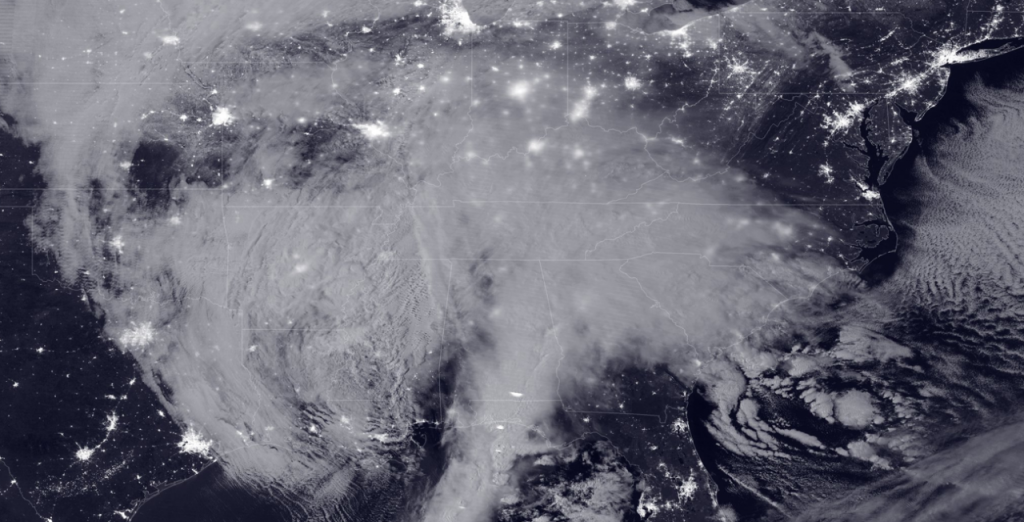From January 22, 2016 to January 24, 2016, the Mid-Atlantic through the Northeast regions of the United States were hit hard with a major blizzard, called Storm Jonas, which affected approximately 103 million people. It took many by surprise after having a relatively warm winter. In its aftermath, some states saw up to three feet of snow.
Governors of eleven states declared a state of emergency and the National Guard was deployed and distributed road salt throughout the affected areas. Utility companies were faced with the responsibility of getting their customers up and running as quickly as possible.
Con Edison pro-actively helped their customers to avert more than 1,000 power outages during the Blizzard due to one billion dollar upgrades it had performed to its infrastructure over the past three years. Specifically, Con Edison observed that more than 1,000 customers in Brooklyn and Queens would have experienced outages if not for new equipment installed along overhead wiring, streamlined to make the system more durable, thus preventing outages. These improvements helped Con Edison address other outages. More than 4,500 storm related power outages occurred. Con Edison’s crews were able to respond quickly to restore power in the heaviest hit areas and by Monday when the storm ended all customers were backed up.
Con Edison’s mobile solutions also helped customers manage their accounts, report and check the status of an outage and learn energy-saving tips, thereby helping them be able to contact Con Edison quicker and minimize hazards.
Companies in warmer areas sent trucks to help with the affected area in a show of support. For example Tampa Electric sent about 250 workers to North Carolina to help Duke Energy in the Carolinas.
Although there was some damage, the actions of states working together with citizens and utility companies helped minimize the threats. State Governors set the tone for actions to be taken during the storm on a state level and were in contact with Utility companies.
For example, New Jersey State Governor Chris Christie’s representatives were on conference calls with the power companies and helped direct customers to utility resources. States of Emergency were called so that only essential vehicles could be on the road. The BPU, or New Jersey Board of Public Utilities, activated a storm cloud reporting system to help power companies track outages. This helped the utility companies provide a more rapid response in the face of the storm.
Duke Energy in North Carolina deployed about 3,200 line workers in the area to deal with the storm.
In Maryland, Baltimore Gas & Electric said about 12,000 customers had lost service, but the end of the storm power had returned nearly all. During the worst of the storm, 5,500 BG&E customers were without power.
Ultimately, Storm Jonas greatly affected the utilities on the East Coast. Luckily, state officials were able to predict it and declare a state of emergency ahead of time. Con Edison’s technology also helped lessen the effects of the storm. For other utilities however, there was still damage, and numerous individuals still lost their power.
Sources:
http://www.utilitydive.com/news/east-coast-utilities-prepare-for-potentially-crippling-winter-storm/412534/
http://www.state.nj.us/governor/news/news/552016/approved/20160122b.html
http://www.utilitydive.com/news/east-coast-utilities-dodged-a-bullet-with-winter-storm-jonas/412724/


